Home>Gardening & Outdoor>Plant Care & Gardening Tips>When Should I Plant Wildflower Seeds In Wisconsin
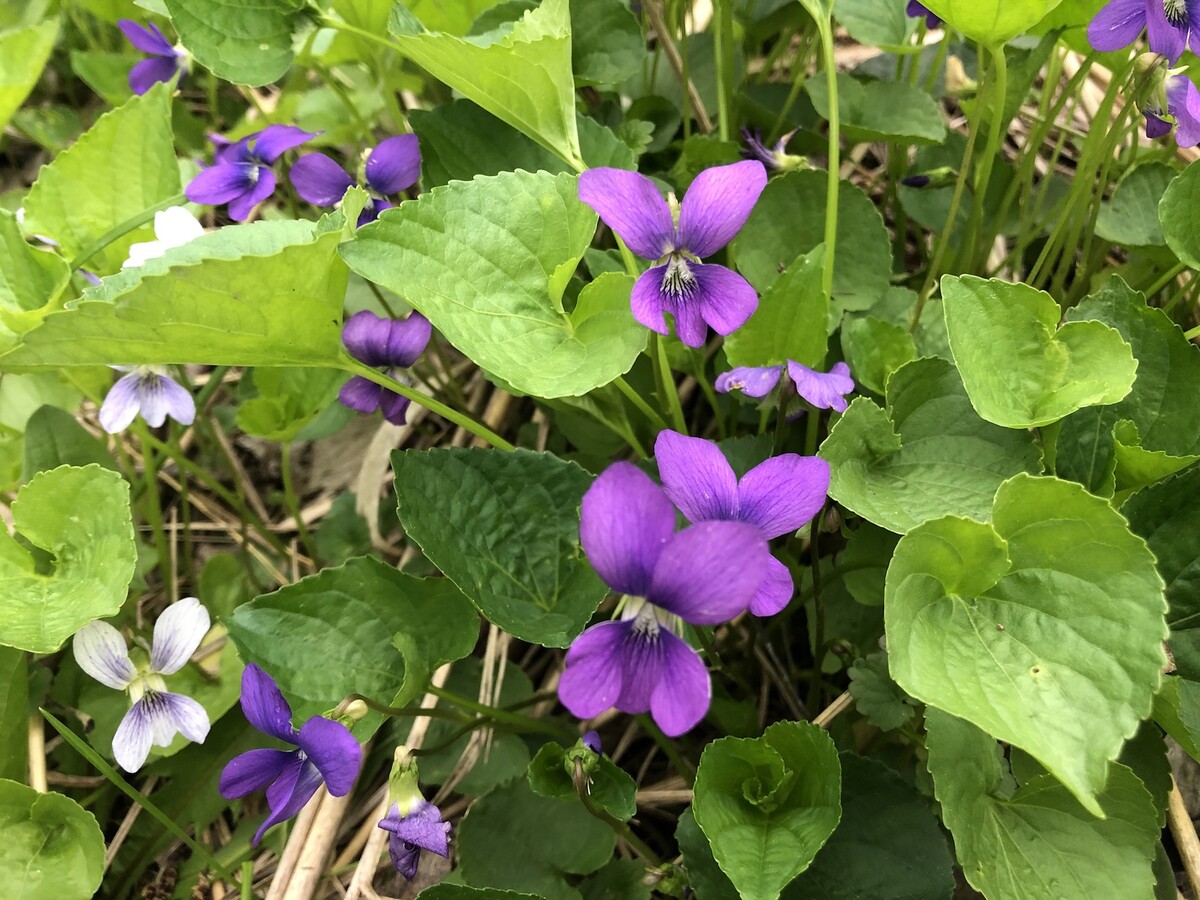

Plant Care & Gardening Tips
When Should I Plant Wildflower Seeds In Wisconsin
Modified: January 5, 2024
Find out the best time to plant wildflower seeds in Wisconsin with expert plant care and gardening tips. Ensure a successful and vibrant wildflower garden.
(Many of the links in this article redirect to a specific reviewed product. Your purchase of these products through affiliate links helps to generate commission for Storables.com, at no extra cost. Learn more)
**
Introduction
**
Are you a nature enthusiast looking to add a splash of vibrant color to your Wisconsin landscape? Planting wildflowers can be a rewarding and environmentally friendly way to beautify your surroundings while supporting local ecosystems. Wisconsin's diverse climate and soil conditions make it an ideal location for cultivating a stunning array of wildflowers. Whether you're a seasoned gardener or a novice with a green thumb, understanding the best practices for planting and caring for wildflowers in Wisconsin is essential.
In this comprehensive guide, we will delve into the world of wildflowers, exploring the factors to consider before planting, the optimal timing for sowing wildflower seeds, and the best practices for nurturing these delicate blooms. By the end of this journey, you'll be equipped with the knowledge and confidence to transform your outdoor space into a breathtaking tapestry of native Wisconsin wildflowers. So, grab your gardening gloves and get ready to embark on a botanical adventure that will not only enrich your surroundings but also contribute to the preservation of Wisconsin's natural beauty.
**
Key Takeaways:
- Timing is crucial for planting wildflower seeds in Wisconsin. Spring and fall are ideal, considering the climate and species requirements, to ensure successful germination and robust growth.
- Caring for wildflowers involves watering, weeding, deadheading, and appreciating their beauty. By nurturing a connection to nature, you can create a vibrant and sustainable wildflower garden in Wisconsin.
Read more: When Should I Plant Wildflower Seeds
Understanding Wildflowers in Wisconsin
**
Wisconsin is home to a diverse range of wildflowers, each contributing to the state’s natural beauty and ecological richness. From the woodlands of the North to the prairies of the South, Wisconsin’s varied landscapes provide habitats for a stunning assortment of native wildflowers.
When considering wildflowers for your garden or landscape, it’s essential to understand the native species that thrive in Wisconsin’s specific climate and soil conditions. Some iconic wildflowers found in Wisconsin include the vibrant orange and black butterfly milkweed, the delicate purple coneflower, and the cheerful yellow blooms of the black-eyed Susan.
These native wildflowers not only add aesthetic appeal to the environment but also play a crucial role in supporting local pollinators, such as bees and butterflies. By planting native wildflowers, you can contribute to the preservation of Wisconsin’s natural ecosystems while creating a visually captivating and sustainable landscape.
Understanding the unique characteristics and growing requirements of Wisconsin’s native wildflowers is the first step toward creating a successful and thriving wildflower garden. By embracing the beauty of these indigenous blooms, you can connect with the rich tapestry of Wisconsin’s natural heritage while fostering a welcoming habitat for local wildlife.
**
Factors to Consider Before Planting Wildflower Seeds
**
Before embarking on your wildflower planting journey in Wisconsin, it’s important to consider several key factors that will contribute to the success of your garden. Understanding these elements will help you make informed decisions and create an environment where wildflowers can thrive.
- Local Climate and Soil Conditions: Wisconsin’s climate varies across different regions, ranging from the cooler temperatures of the North to the milder conditions in the South. Before selecting wildflower species, it’s crucial to assess the specific climate and soil conditions of your location. Some wildflowers may be better suited to the well-drained soils of the prairies, while others thrive in the shaded woodlands. By choosing species that are well-adapted to your local environment, you can enhance the chances of a successful and resilient wildflower garden.
- Sunlight and Water Requirements: Different wildflower species have varying needs when it comes to sunlight and water. Some plants thrive in full sun, while others prefer partial shade. Similarly, certain wildflowers are drought-tolerant, making them ideal for areas with limited water availability. By understanding the sunlight and water requirements of your chosen wildflowers, you can strategically plan their placement within your garden to ensure optimal growth and blooming.
- Wildflower Height and Growth Habits: Wildflowers come in a range of heights and growth habits, from low-growing ground covers to tall, dramatic blooms. Consider the overall aesthetic you wish to achieve in your garden and select wildflower species that complement each other in terms of height, color, and bloom time. Creating a harmonious and visually appealing wildflower display involves thoughtful consideration of the growth habits and spatial requirements of each plant.
- Supporting Local Wildlife: Native wildflowers play a vital role in supporting local wildlife, including pollinators and beneficial insects. When choosing wildflower species, prioritize those that provide nectar and pollen for bees, butterflies, and other pollinating insects. By creating a pollinator-friendly habitat, you can contribute to the conservation of essential wildlife while enjoying the beauty of wildflowers in your garden.
By carefully assessing these factors and conducting thorough research on native wildflower species, you can lay a strong foundation for a flourishing and sustainable wildflower garden in Wisconsin.
**
Best Time to Plant Wildflower Seeds in Wisconsin
**
Timing plays a crucial role in the successful establishment of wildflower seeds in Wisconsin. Understanding the best time to plant wildflower seeds is essential for maximizing their germination and growth potential. The climate and seasonal variations in Wisconsin influence the optimal timing for sowing wildflower seeds, ensuring that they receive the necessary conditions for successful establishment.
Spring Planting: In Wisconsin, spring is an ideal time to sow wildflower seeds, typically from early April to late May. As the temperatures begin to warm and the soil thaws, spring provides favorable conditions for seed germination and early root development. By planting in spring, wildflower seeds have the opportunity to establish strong root systems and acclimate to their environment before the heat of summer arrives.
Fall Planting: Fall also presents an excellent opportunity for planting wildflower seeds in Wisconsin. The period from late September to early November is well-suited for fall seeding, taking advantage of the cooler temperatures and ample moisture to support seed germination and initial growth. Fall-planted wildflower seeds undergo a process of cold stratification over the winter months, which can enhance their germination rates and overall vigor when spring arrives.
Consideration for Species: When determining the best time to plant wildflower seeds, it’s important to consider the specific requirements of the chosen species. Some wildflowers may benefit from spring planting to establish robust root systems, while others thrive when seeded in the fall to undergo natural stratification processes. Understanding the individual needs of the wildflower species you intend to plant will guide your timing decisions and contribute to the overall success of your garden.
Adaptation to Local Conditions: Wisconsin’s diverse climate and regional variations mean that the best time to plant wildflower seeds may vary across different areas of the state. Factors such as frost dates, soil temperature, and precipitation patterns should be taken into account when determining the optimal planting window for wildflowers in your specific location. By adapting your planting schedule to local conditions, you can maximize the potential for successful seed germination and robust wildflower growth.
By aligning your wildflower planting efforts with the optimal timing for seed germination and establishment, you can set the stage for a vibrant and flourishing display of native blooms in your Wisconsin landscape.
**
You should plant wildflower seeds in Wisconsin in the early spring or late fall. This will give the seeds time to establish before the heat of summer or the harshness of winter.
How to Plant Wildflower Seeds in Wisconsin
**
Planting wildflower seeds in Wisconsin involves careful preparation, strategic seeding methods, and thoughtful consideration of the specific needs of native wildflower species. By following these essential steps, you can create an environment that fosters successful germination and robust growth, ultimately leading to a spectacular wildflower display.
- Site Selection: Choose a suitable location for planting wildflower seeds, considering factors such as sunlight exposure, soil type, and drainage. Whether you’re establishing a wildflower meadow, enhancing a garden bed, or creating a naturalized area, the site selection plays a crucial role in the success of your wildflower planting endeavor.
- Soil Preparation: Prepare the soil by removing any existing vegetation, loosening the top layer, and incorporating organic matter if needed. Well-drained soil with good aeration is conducive to successful seed germination and root development. Conduct a soil test to assess the pH and nutrient levels, making any necessary amendments to create an optimal growing environment for wildflowers.
- Seeding Methods: There are several approaches to seeding wildflower seeds, including broadcasting, hand sowing, and seed drilling. The chosen method depends on the scale of the planting area and the specific wildflower species being sown. For smaller areas, hand sowing allows for precise seed placement, while larger meadows may benefit from mechanical seeding techniques. Carefully follow the recommended seeding rates for the selected wildflower species to achieve an even distribution of seeds.
- Seed-to-Soil Contact: After sowing the wildflower seeds, ensure good seed-to-soil contact to promote germination. Lightly rake or tamp the seeds into the soil, taking care not to bury them too deeply. Adequate seed-to-soil contact is essential for the seeds to absorb moisture and initiate the germination process, leading to the emergence of healthy seedlings.
- Watering and Establishment: Provide consistent moisture to the newly planted wildflower seeds, especially during the critical germination and establishment phase. Light watering helps the seeds settle into the soil and initiates the germination process. Monitor the moisture levels and adjust watering frequency as needed to support the early growth of wildflower seedlings.
- Mulching and Protection: Consider applying a light layer of mulch to the seeded area to retain moisture and protect the emerging seedlings. Organic mulches can also help suppress weed growth and regulate soil temperature, creating favorable conditions for the establishment of wildflowers.
By following these steps and tailoring your approach to the specific requirements of the chosen wildflower species, you can plant wildflower seeds in Wisconsin with confidence, setting the stage for a vibrant and thriving display of native blooms.
**
Read more: When To Plant Grass Seed In Wisconsin
Caring for Wildflowers in Wisconsin
**
Once your wildflowers have taken root in the Wisconsin soil, providing proper care is essential to ensure their continued health and vitality. Caring for wildflowers involves a blend of attentive maintenance, thoughtful management, and a deep appreciation for the natural beauty they bring to your outdoor space.
- Watering: While native wildflowers are often well-adapted to local climate conditions, supplemental watering may be necessary during periods of drought or prolonged dry spells. Be mindful of the moisture needs of your wildflowers, providing deep, infrequent watering to encourage robust root growth and drought tolerance. Avoid overwatering, as excessive moisture can lead to root rot and other issues.
- Weed Management: Regularly monitor your wildflower garden for invasive weeds that may compete with native plants for resources. Gentle hand-pulling or targeted weed removal can help maintain the integrity of your wildflower display while minimizing the impact of unwanted vegetation. Mulching can also serve as a natural weed suppressant, reducing the need for frequent weeding.
- Deadheading and Pruning: Deadheading spent blooms and light pruning can encourage prolonged flowering and prevent the spread of seeds from prolific self-seeding species. By removing faded blossoms, you can redirect the plant’s energy toward new growth and the production of additional blooms, prolonging the visual impact of your wildflower garden.
- Fertilization: Native wildflowers generally require minimal fertilization, as they have evolved to thrive in local soil conditions. However, if soil deficiencies are identified through testing, selective fertilization with organic, slow-release products can provide targeted nutrients to support healthy growth. Avoid excessive fertilization, as it can lead to an imbalance in the natural ecosystem and promote aggressive growth of non-native species.
- Seasonal Maintenance: Throughout the growing season, observe the changing dynamics of your wildflower garden and make adjustments as needed. Consider the natural life cycles of the plants, allowing some to set seed for future generations while promoting the vigor and resilience of the overall ecosystem. Embrace the seasonal transitions, from the emergence of early spring blooms to the dormancy of winter, as integral parts of the wildflower experience.
- Appreciation and Observation: Above all, caring for wildflowers in Wisconsin involves a deep sense of appreciation for the intricate beauty of native plants and the ecosystems they support. Take time to observe the interactions of pollinators, the subtle changes in plant growth, and the ever-evolving tapestry of colors that grace your wildflower garden. By nurturing a connection to the natural world, you can enrich your own well-being while contributing to the conservation of Wisconsin’s native flora.
By embracing these principles of care and stewardship, you can cultivate a vibrant and sustainable wildflower garden that celebrates the unique beauty and ecological significance of native Wisconsin wildflowers.
**
Conclusion
**
As you journey through the process of planting and caring for wildflowers in Wisconsin, you are not only enriching your surroundings with vibrant blooms but also contributing to the preservation of the state’s natural heritage. By understanding the unique characteristics of native wildflowers and the factors that influence their growth, you can create a captivating and sustainable landscape that supports local ecosystems and wildlife.
From the woodlands to the prairies, Wisconsin’s diverse landscapes provide a canvas for an array of native wildflowers, each with its own story to tell and ecological role to play. By embracing the best practices for wildflower planting and maintenance, you can foster a deeper connection to the natural world while enhancing the beauty of your outdoor spaces.
As you select the optimal time for planting wildflower seeds, carefully prepare the soil, and provide attentive care to your growing blooms, remember that you are part of a broader effort to preserve Wisconsin’s natural beauty and biodiversity. Your wildflower garden serves as a sanctuary for pollinators, a source of inspiration for fellow nature enthusiasts, and a testament to the timeless allure of native flora.
In the ebb and flow of the seasons, your wildflower garden will evolve, offering a kaleidoscope of colors, scents, and textures that reflect the intricate tapestry of Wisconsin’s natural landscapes. Embrace the subtle changes, the delicate dance of pollinators, and the enduring resilience of native wildflowers as they grace your outdoor sanctuary.
As you tend to your wildflower garden with care and appreciation, you are sowing the seeds of a deeper connection to the natural world and leaving a lasting legacy of beauty and biodiversity in your corner of Wisconsin. Let your wildflower garden be a testament to the timeless harmony between humans and nature, a living testament to the enduring splendor of Wisconsin’s native flora.
Frequently Asked Questions about When Should I Plant Wildflower Seeds In Wisconsin
Was this page helpful?
At Storables.com, we guarantee accurate and reliable information. Our content, validated by Expert Board Contributors, is crafted following stringent Editorial Policies. We're committed to providing you with well-researched, expert-backed insights for all your informational needs.
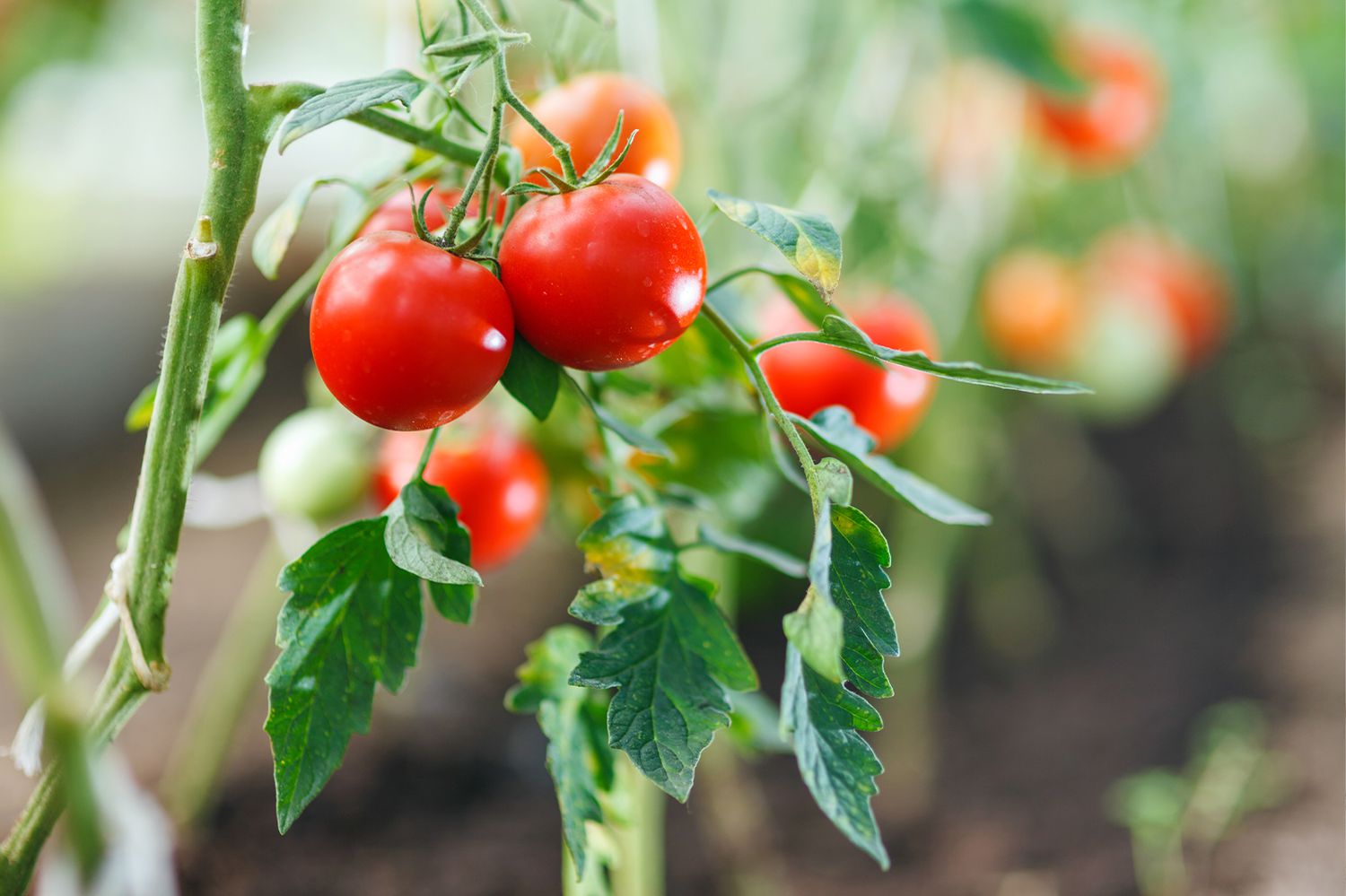
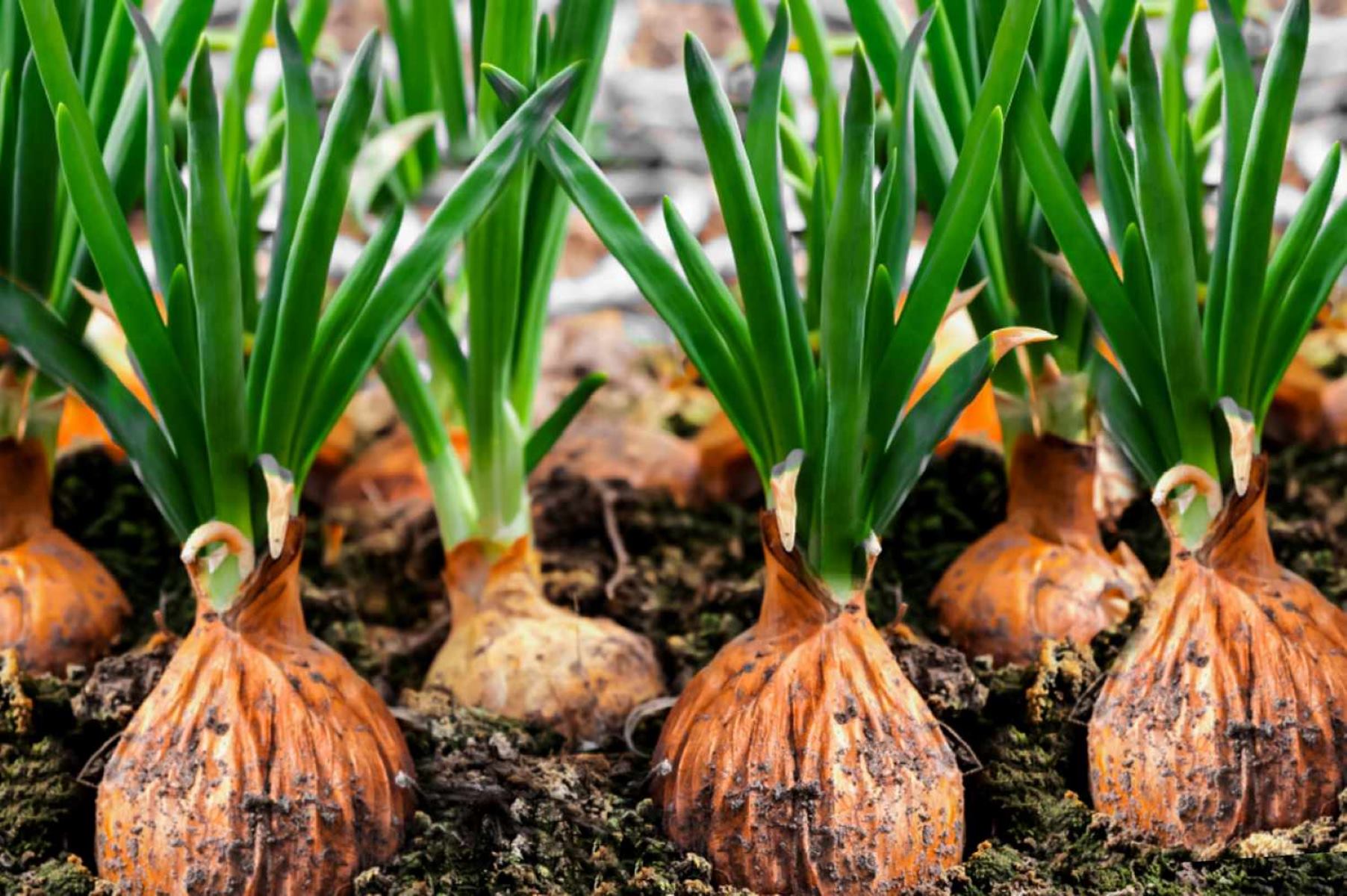
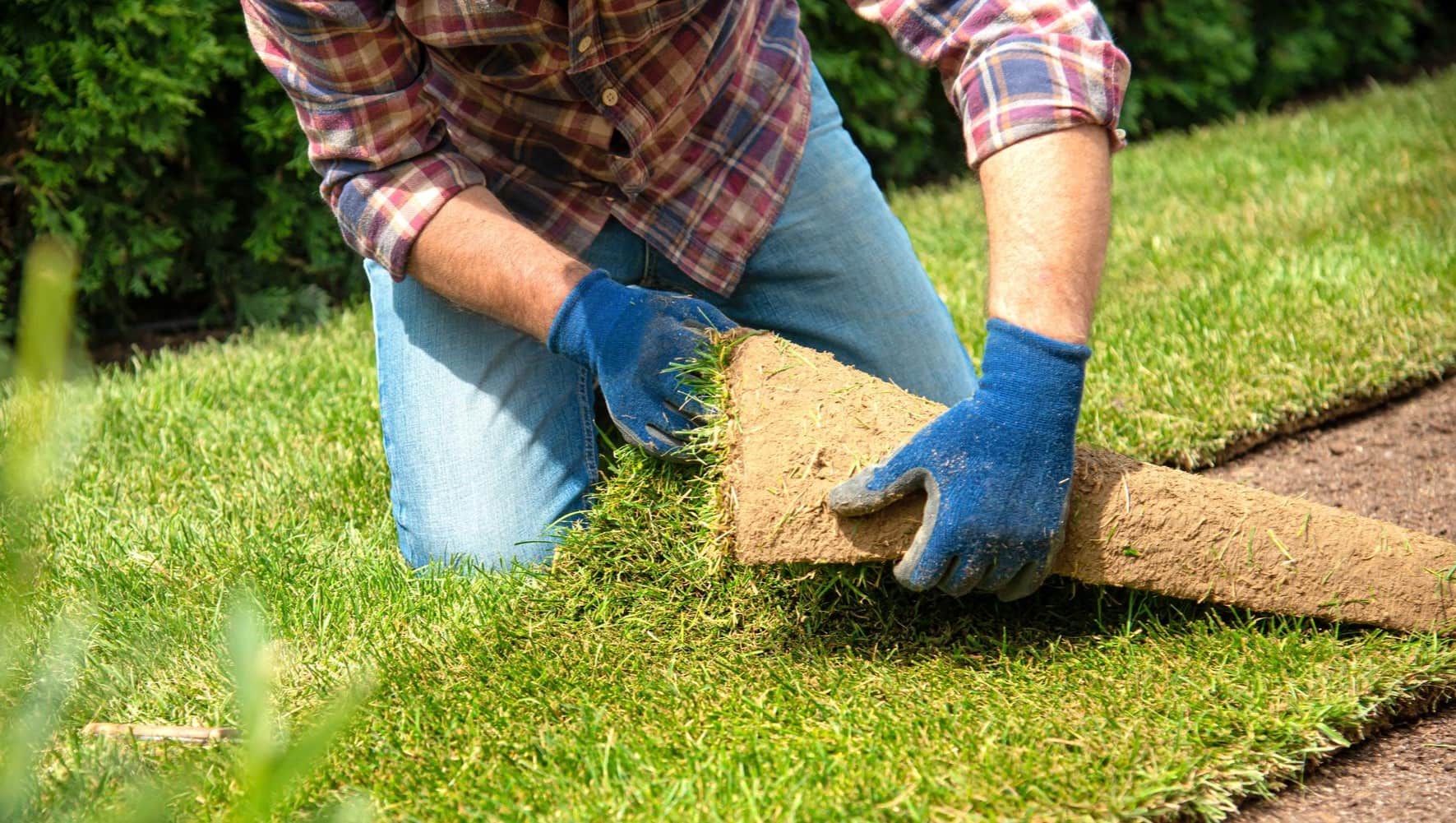
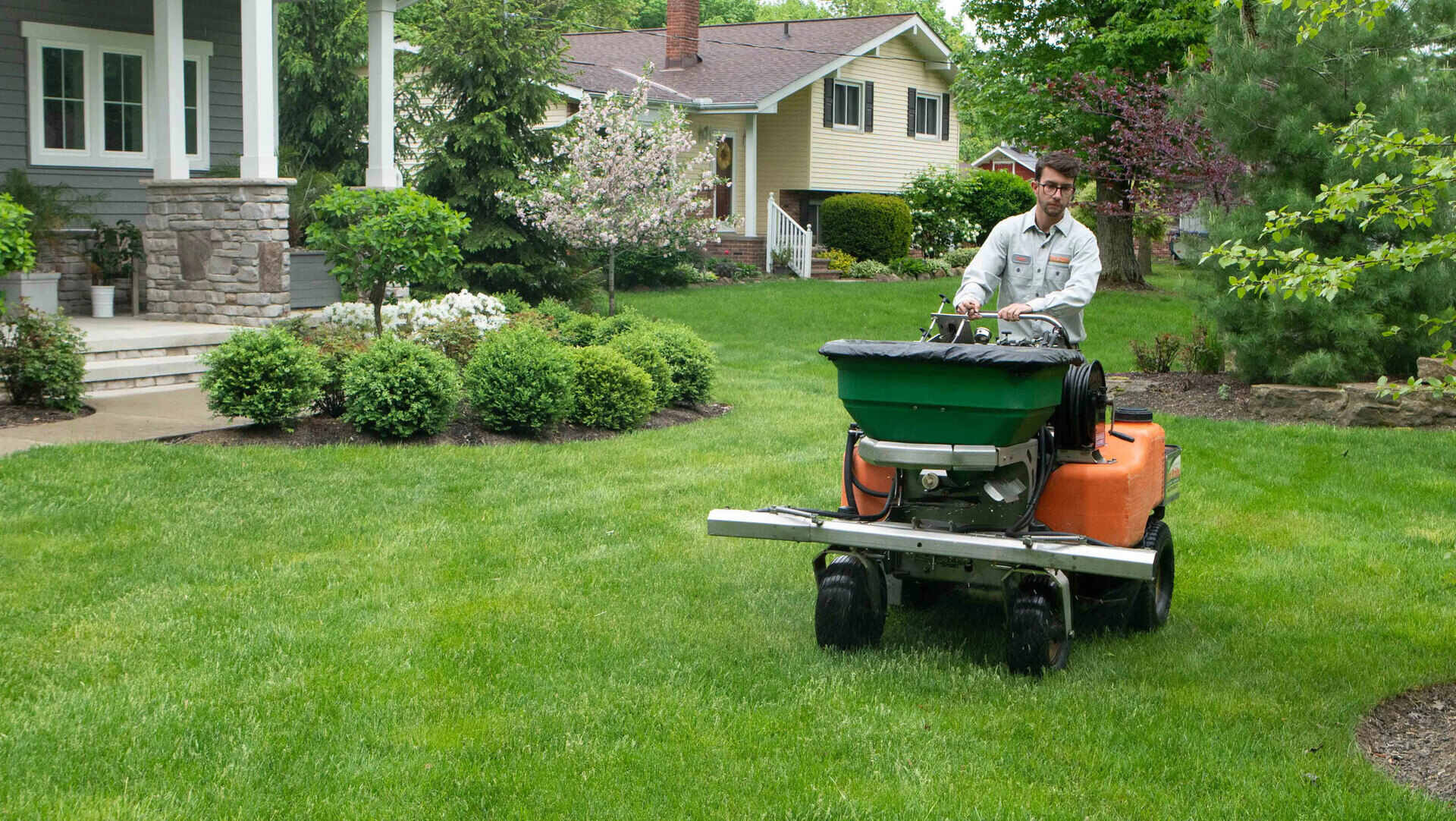
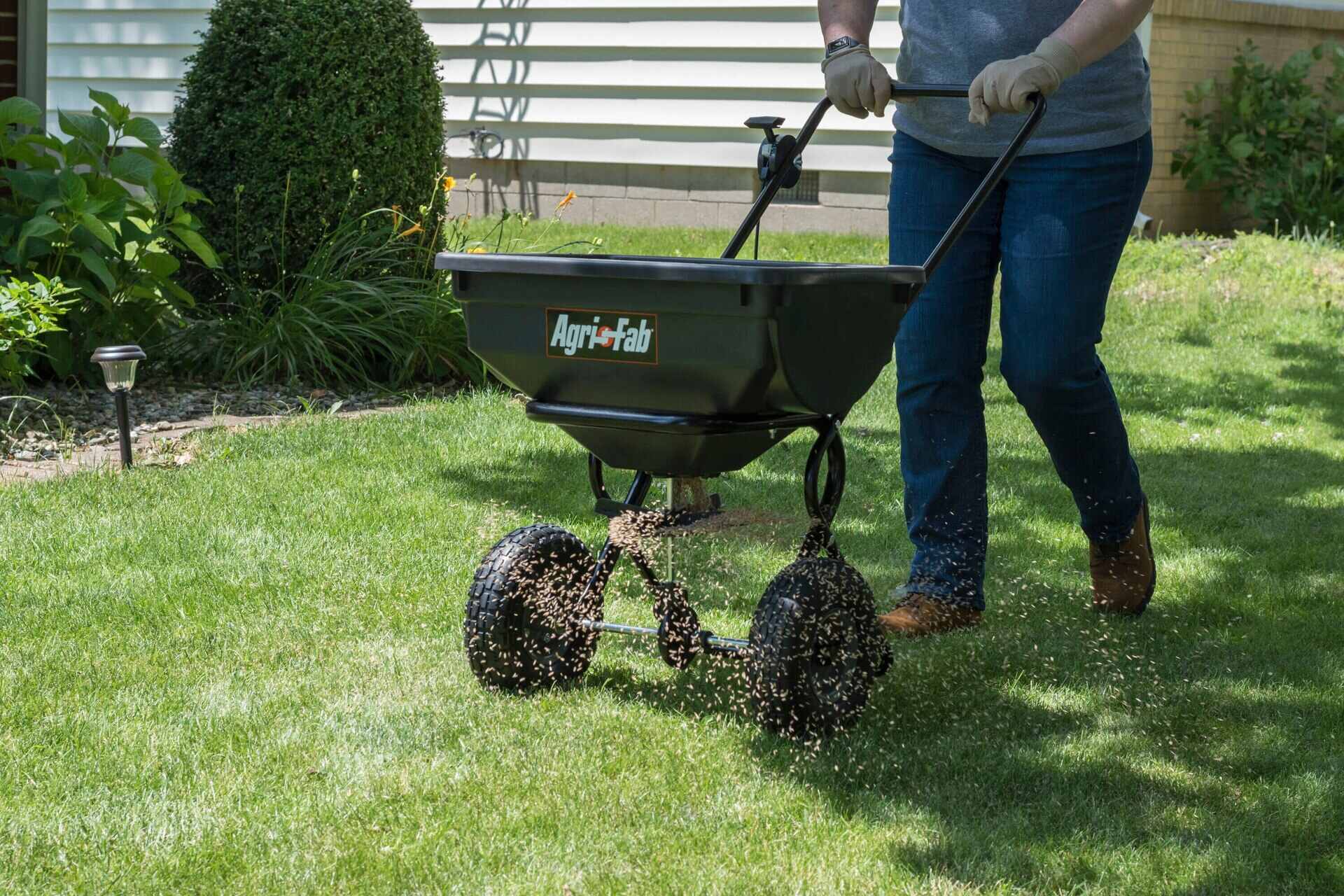
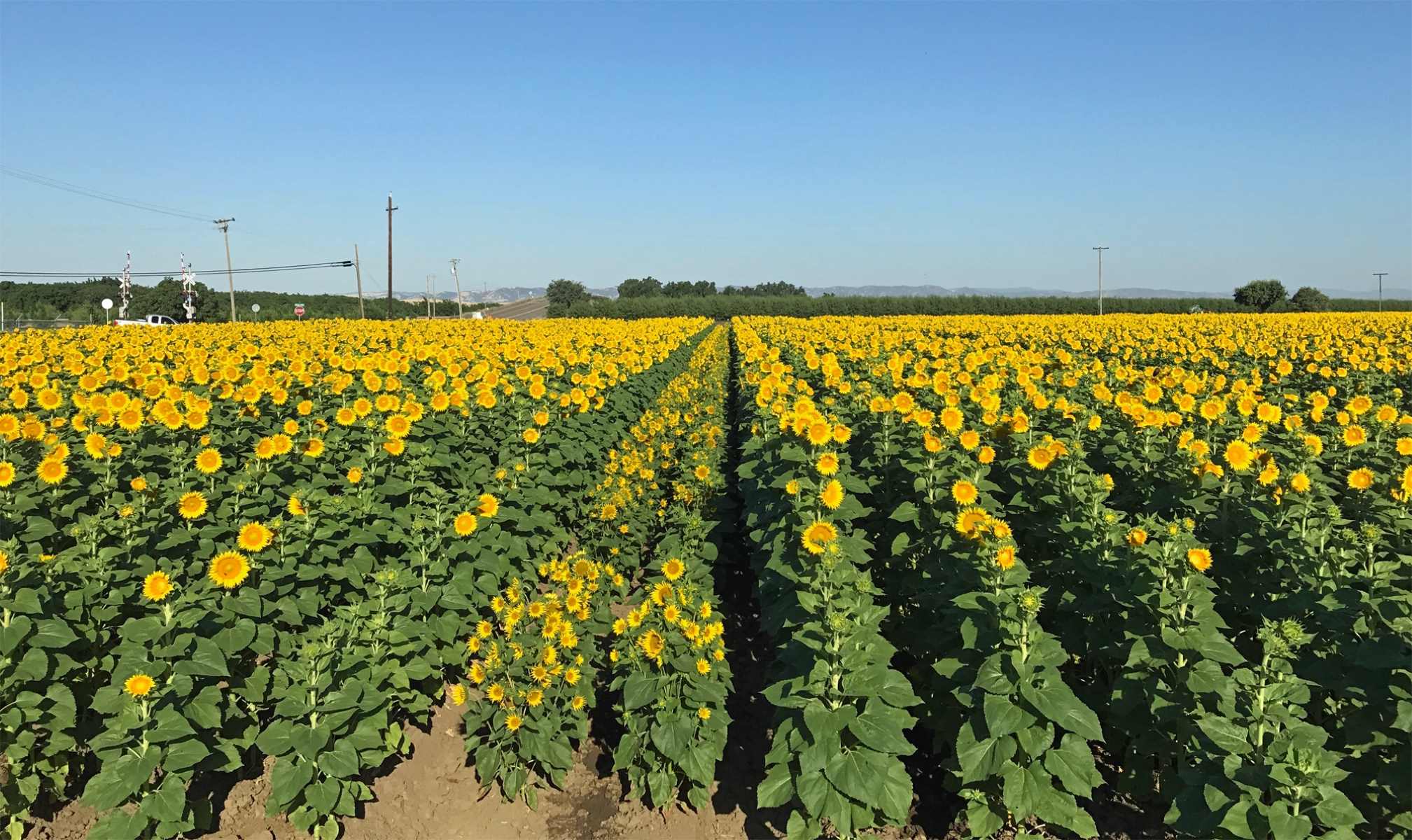
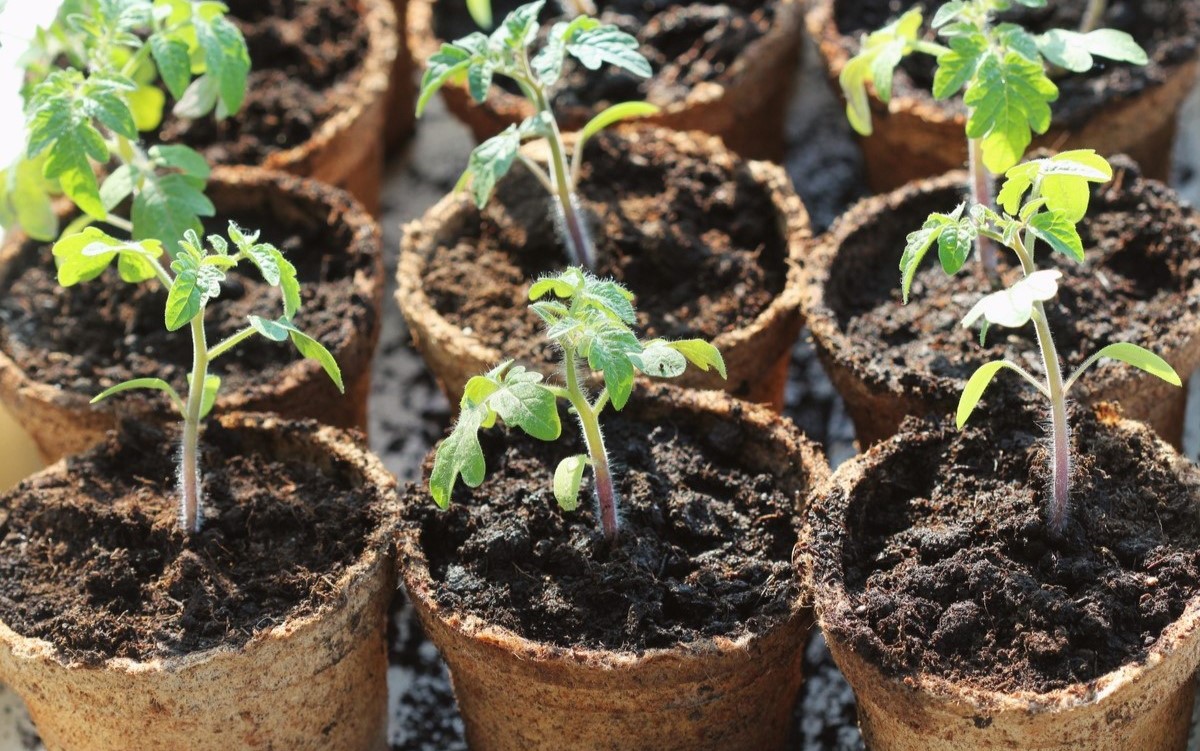
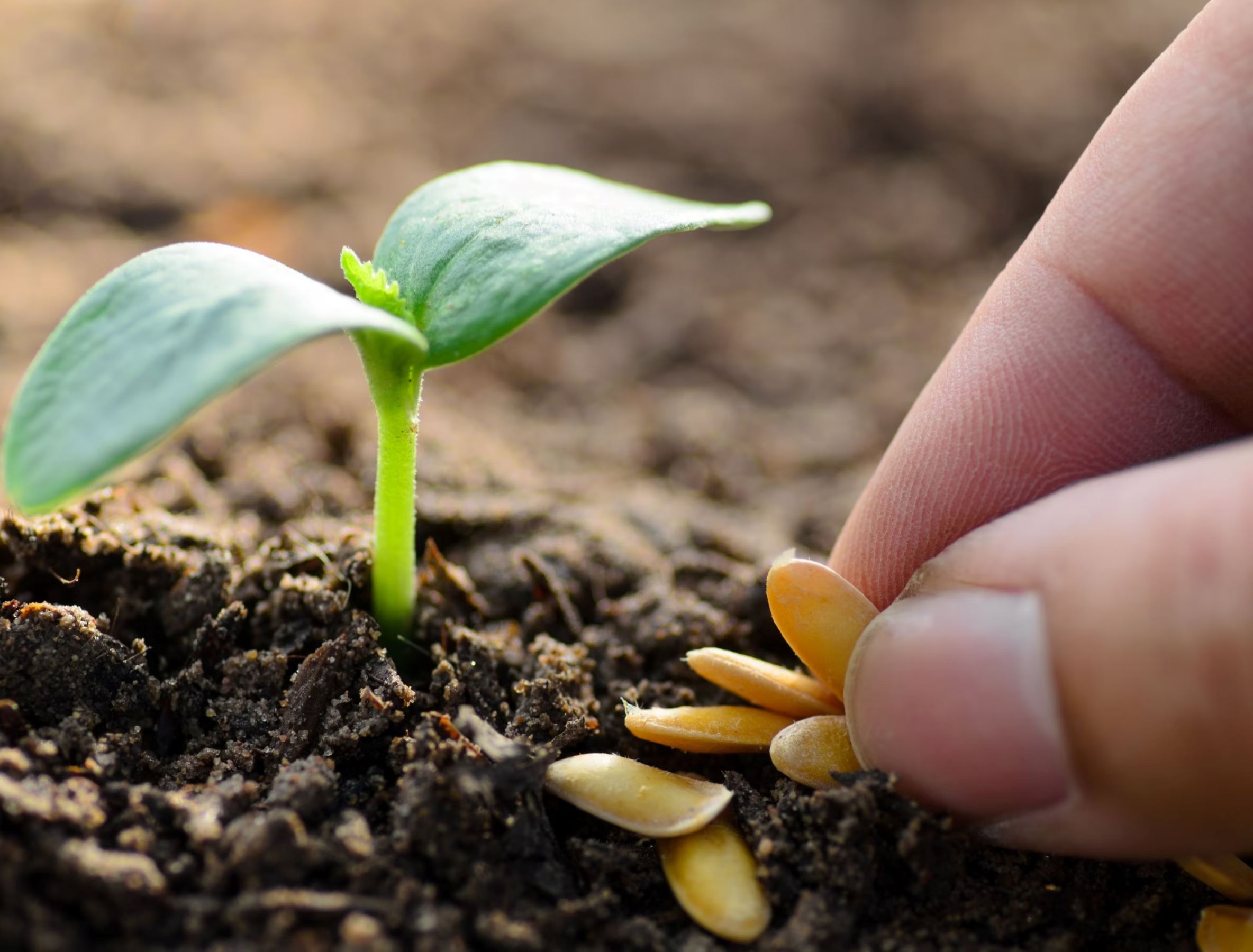
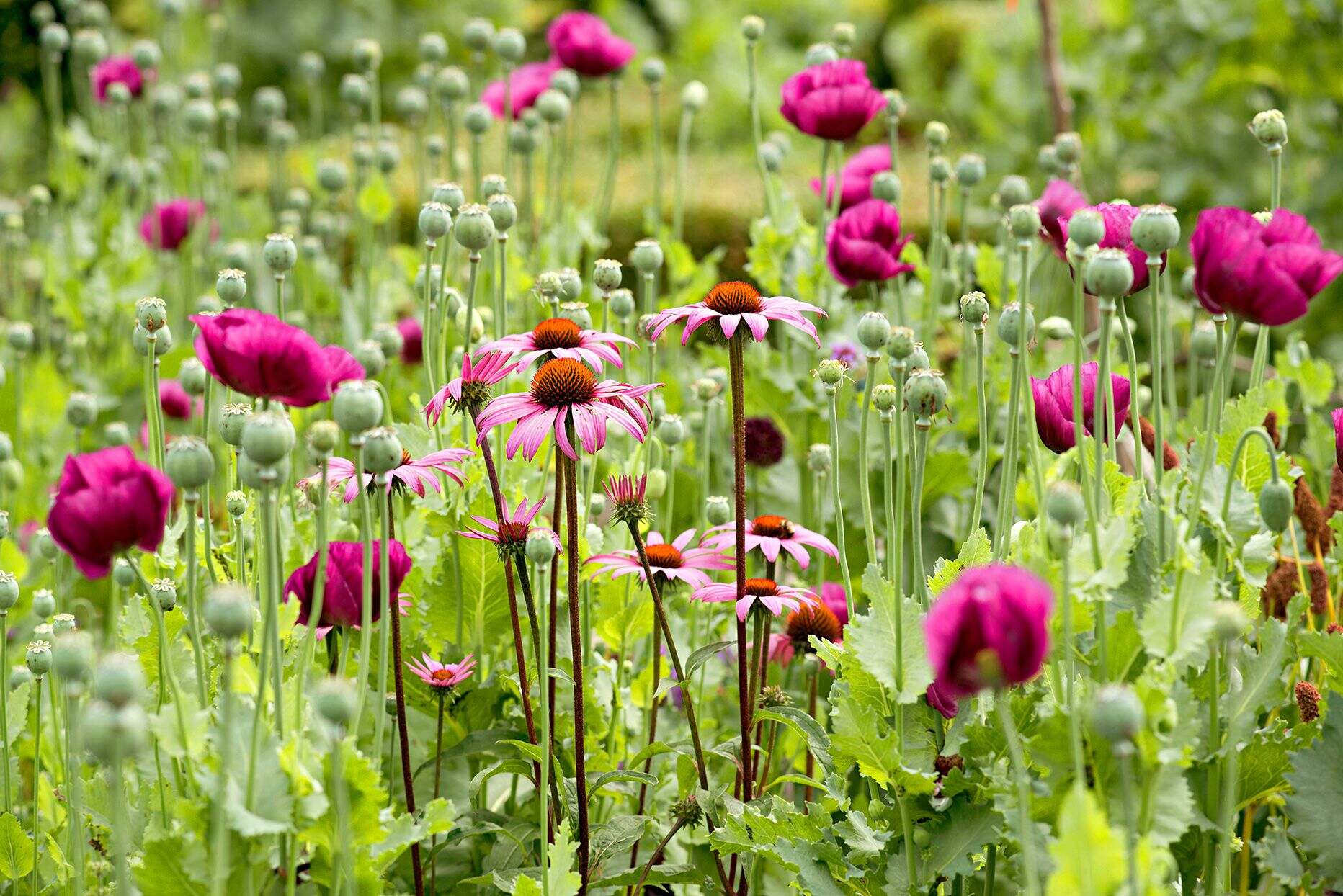
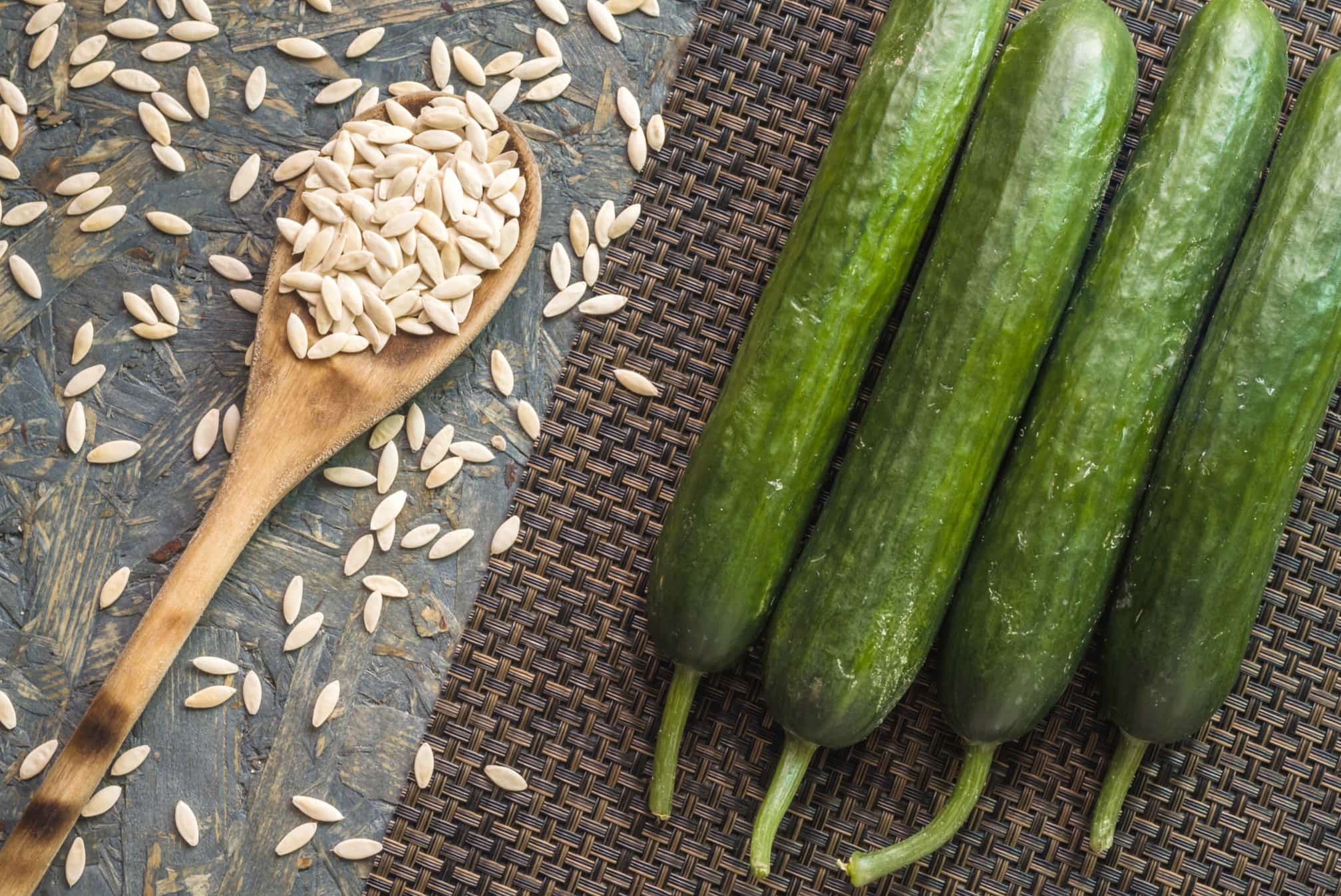
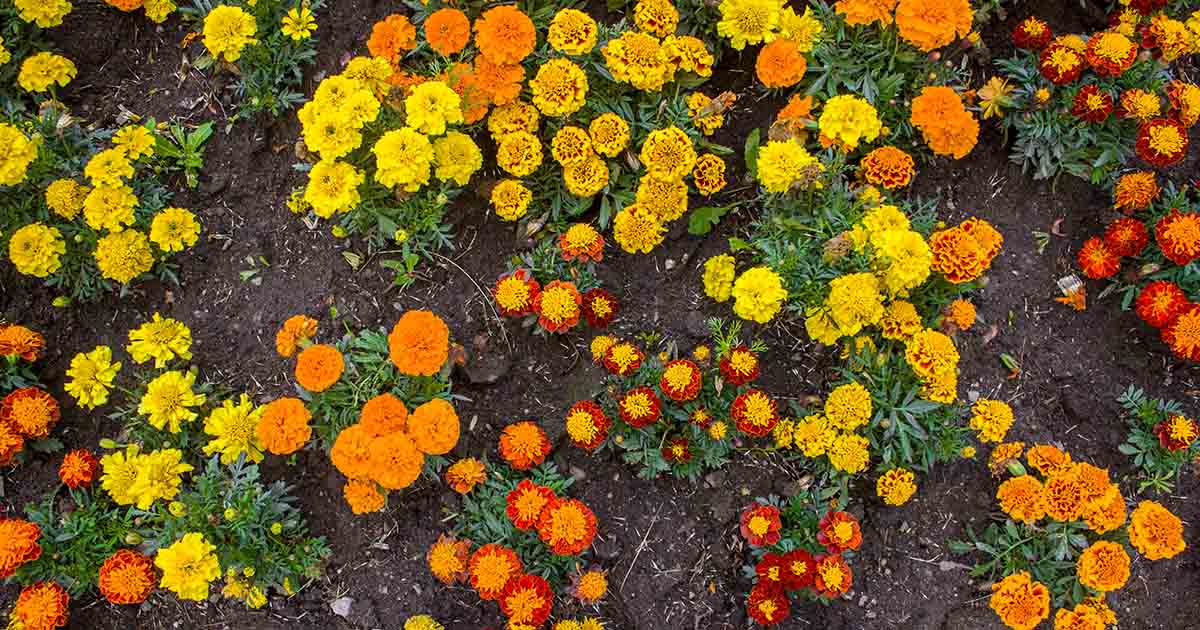
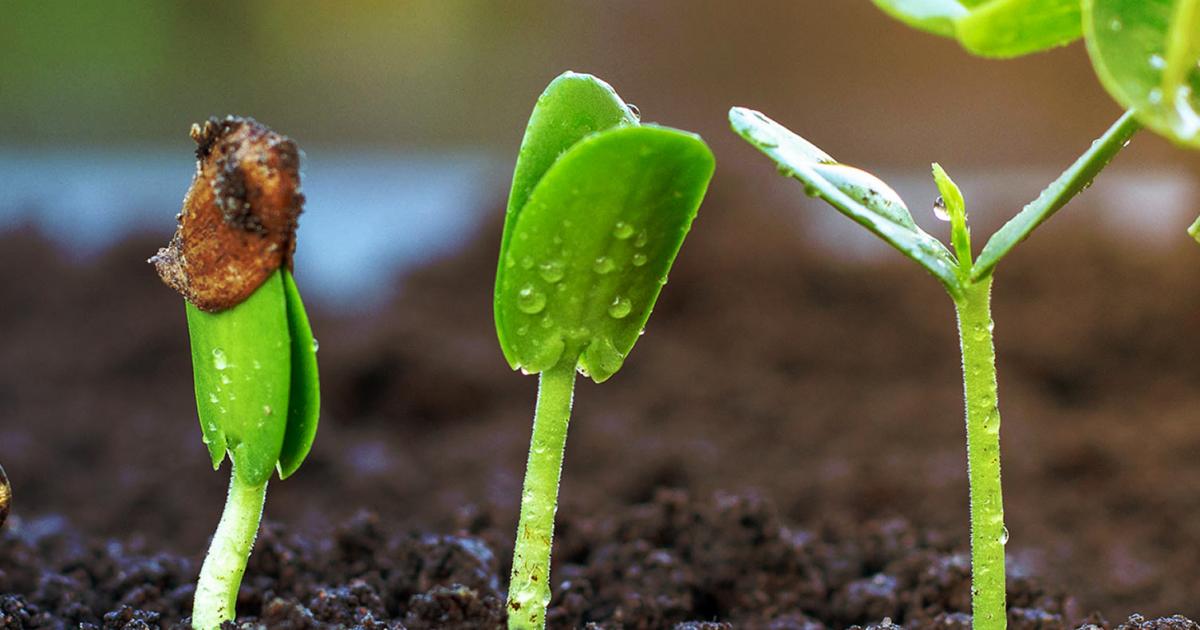
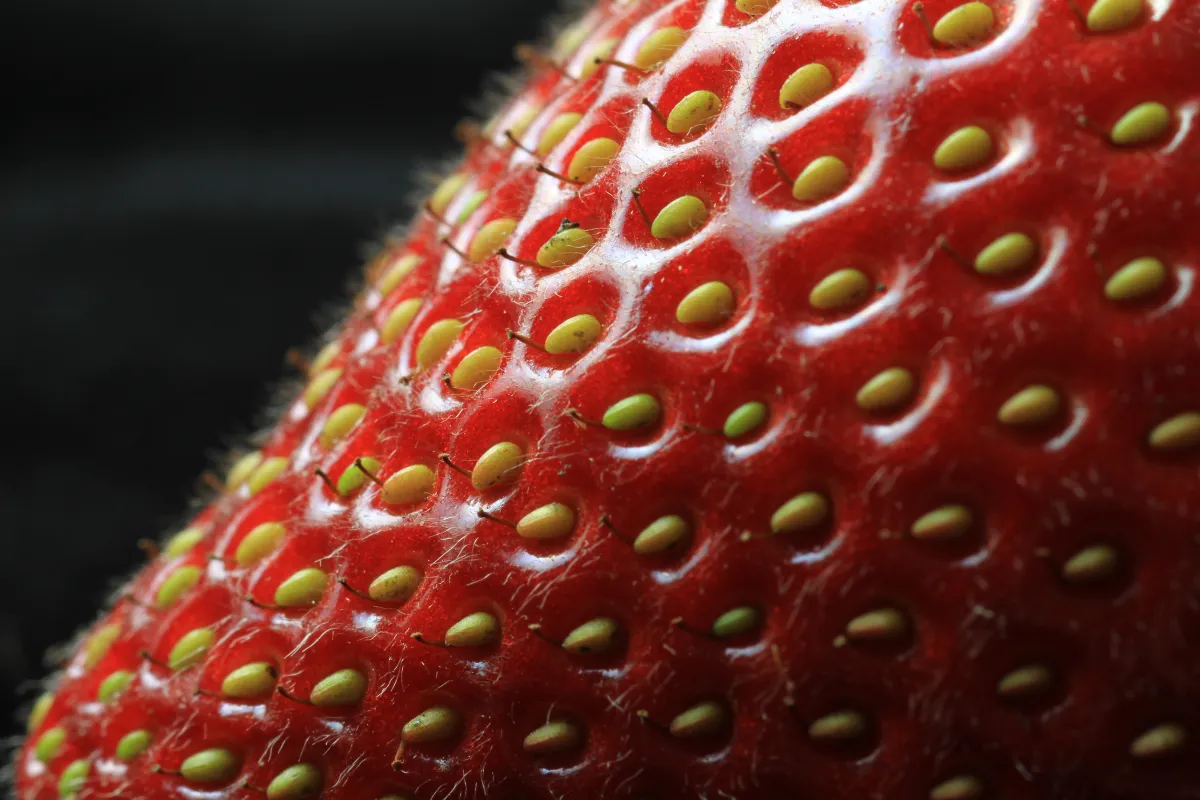
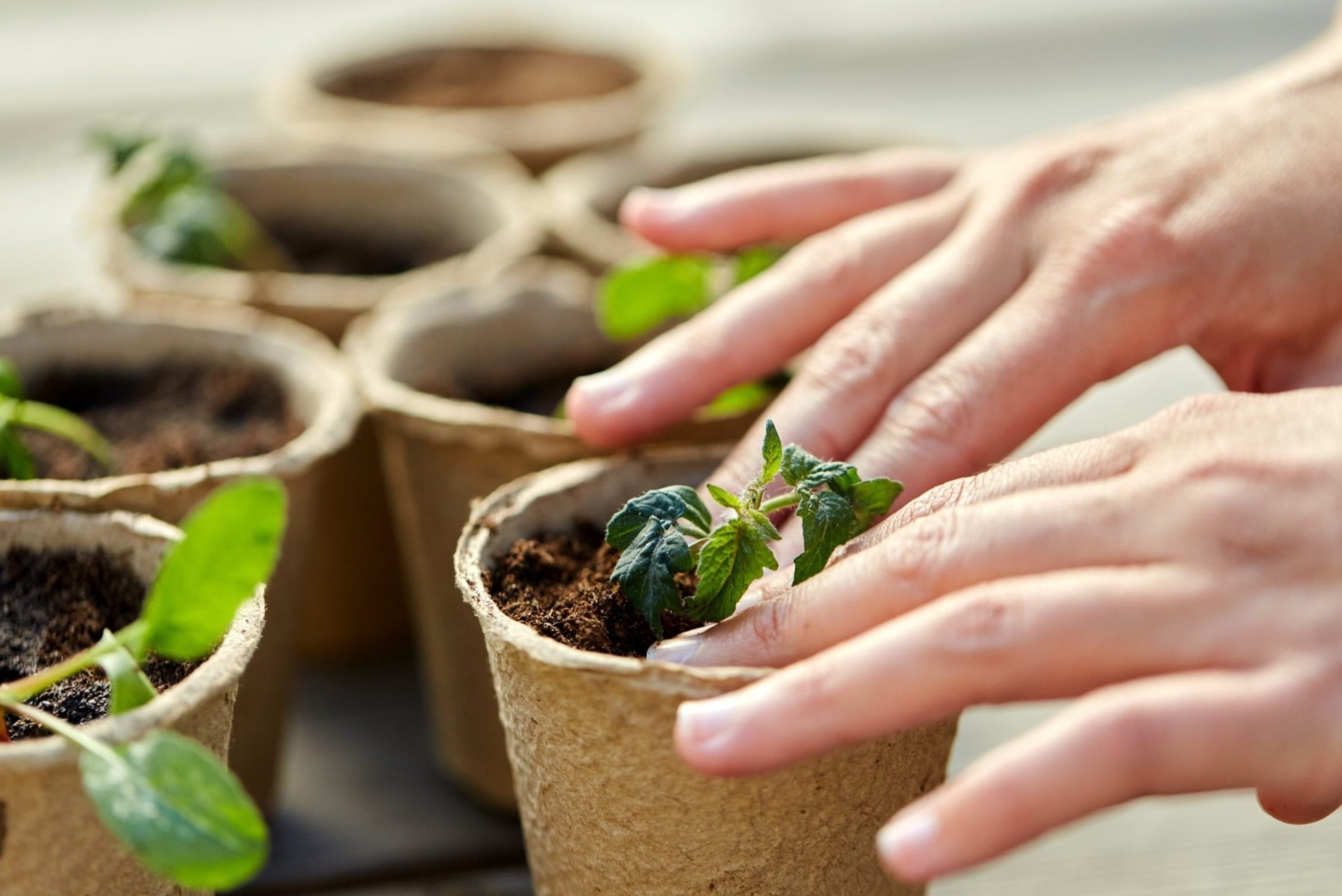

0 thoughts on “When Should I Plant Wildflower Seeds In Wisconsin”